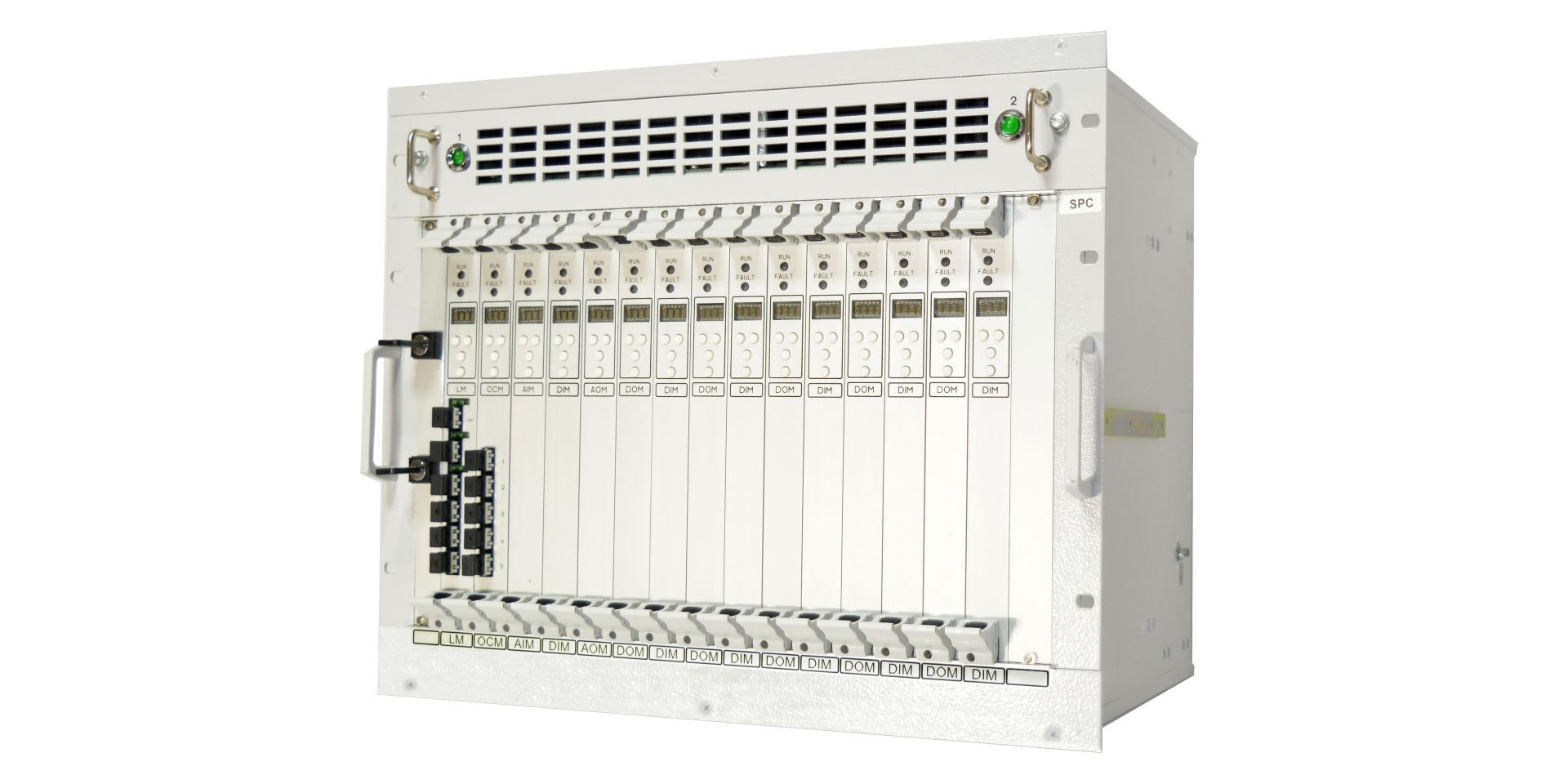What is at the forefront of PRA today?
Probabilistic risk assessment is a mature technology that has benefited the safety of the current fleet of light water reactors in the United States since the 1970s. Most utilities have used PRA models as part of risk-informed in-service inspection programs to identify degraded plant conditions for more than two decades. The trends indicate an increasing use of risk-informed applications to support safe and cost-effective long-term operations.
Data science and predictive analytics innovations offer the opportunity to assess, monitor, and manage risk effectively. PRA models are coupled with digital twins informed by sensors and system simulators that provide real-time risk insights. Dynamic PRA approaches were initially introduced to beyond-design-basis event models for LWRs and explicitly model time-dependent operator behavior by simulating the actual plant response. Enhancing the quantification speed and memory usage of the PRA computational tools (both dynamic and traditional) is crucial for future risk-informed efforts.



